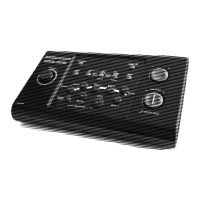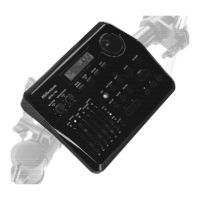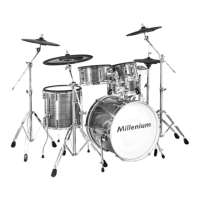Why is the transmission interrupted on my thomann Music Pedal?
- HHolly HartAug 2, 2025
If you are experiencing interrupted transmission with your thomann Music Pedal, try adjusting the orientation of the antennas. If you're using multiple wireless systems simultaneously, check the frequencies and channels being used to prevent interference. Keep in mind that interference can also stem from other radio or in-ear systems operating nearby.




